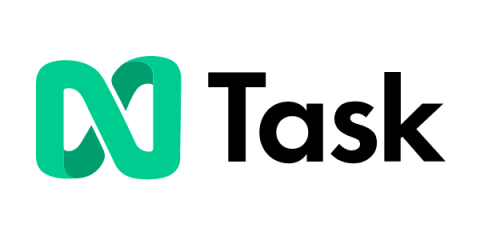Teams | Collaboration | Customer Service | Project Management
Resource Management
Capacity planning tools: 5 options for better resource management
One of project managers' hardest jobs is figuring out how to manage the capacity of their team members and streamline the team’s workload. Your team members only have a certain amount of capacity they can offer before negative effects like burnout and bottlenecks occur. However, while capacity management is important, it can be difficult to accomplish without the right tools.
Resource Availability Management For Agile Project Managers
The degree to which a resource, alongside resource availability, may be accessed is an essential factor in resource management. When selecting how to distribute and allot the appropriate assets for a particular project, one of the most significant considerations to consider is how well one is aware of the resources accessible at any one time. How can you plan to construct anything like a bridge, for instance, if you don’t know how many people are available to work on the project?
Labor forecasting: Definition, labor forecasting equation, and more
Businesses should always strive to have enough employees on hand to get work done well — and on time. Understaffing scenarios can lead to overworked team members, missed deadlines, and frustrated clients. But too many employees cause issues, too. If team members are standing around with nothing to do, labor costs will be higher than they should be. Not only that, but when team members don't feel useful, it can be demoralizing and may cause them to seek more engaging work elsewhere.
Best Crew Scheduling Apps & Software
Why better resource management is the key to profitability
Online Employee Shift Scheduling Software for All Businesses
Your step-by-step guide for making a resource management plan
To complete projects successfully, you will need an effective resource management plan. With the right plan in place, you’ll be able to manage schedules, handle procurement, meet deadlines, and deliver a successful project to a happy client. So how do you create a resource management plan? And what are the benefits? Keep reading — we’ll explore it all below and give you an easy step-by-step guide to get you started.
A comprehensive guide on project resource management
Project planning is one critical component of project success. But projects don’t happen in a vacuum: To get any project work done, an organization needs people to do the work, materials from which to build the product, and money to pay for the entire operation. This is where resource management enters the picture. It goes a step beyond project management and proactively manages all resources required to successfully complete a project.
Marketing resource management: What it is, benefits, and best tools
The growing field of marketing resource management is transforming the way marketing departments and marketing firms organize their assets, structure their work, and allocate resources. This important discipline is still in flux and can mean different things to different audiences — and vendors. In this guide, we’ll define marketing resource management in a way that makes sense for creative agencies and marketing teams.











